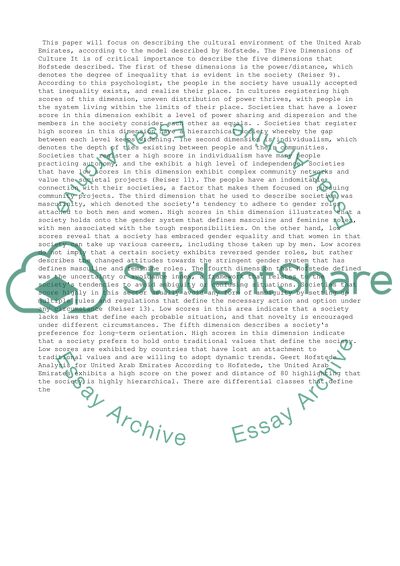Cite this document
(“Cultural environment of United Arab Emirates Essay”, n.d.)
Retrieved from https://studentshare.org/management/1492527-cultural-environment-of-united-arab-emirates
Retrieved from https://studentshare.org/management/1492527-cultural-environment-of-united-arab-emirates
(Cultural Environment of United Arab Emirates Essay)
https://studentshare.org/management/1492527-cultural-environment-of-united-arab-emirates.
https://studentshare.org/management/1492527-cultural-environment-of-united-arab-emirates.
“Cultural Environment of United Arab Emirates Essay”, n.d. https://studentshare.org/management/1492527-cultural-environment-of-united-arab-emirates.


